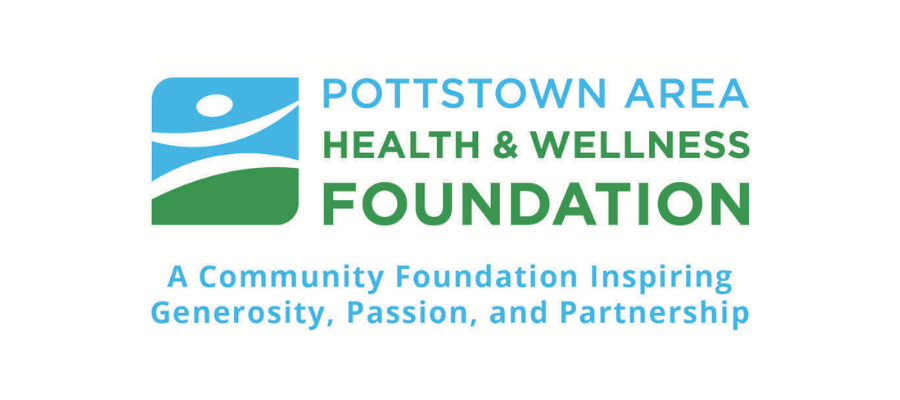Pennsylvania has one of the highest rates of radon contamination in the United States, with 40% of homes above the EPA’s safe limit. And within Pennsylvania, communities in the Pottstown area has rates that are even higher.
Some homes are located above natural radioactive deposits, and, in fact, it was through a surprising set of coincidences involving a Boyertown home and the Limerick nuclear power plant that the threat from radon first gained national attention in 1984. Radon is odorless and invisible, so testing is the only way to detect it, and since radon is emitted from the soil, basements and crawl spaces tend to have the highest levels.
If you don’t have a radon reduction system in your home, there’s a good chance you need one. Home tests are available for about $20, and now is the best time of year to check your home’s radon level, since the heating systems in many homes increase the levels of radon exposure.

A radon mitigation system operating normally.
If you do have a radon reduction system, monitor it to ensure that the system is operating by checking the level of fluid on each side of the glass tubes. If the level on each side is uneven, it’s working. If the two sides are even, you may have a problem, so check with an expert.
Exposure to radon is the second leading cause of lung cancer in the United States. Children are especially vulnerable to lung damage from radon, which can result in asthma, bronchitis, pneumonia, and emphysema, in addition to lung cancer.
